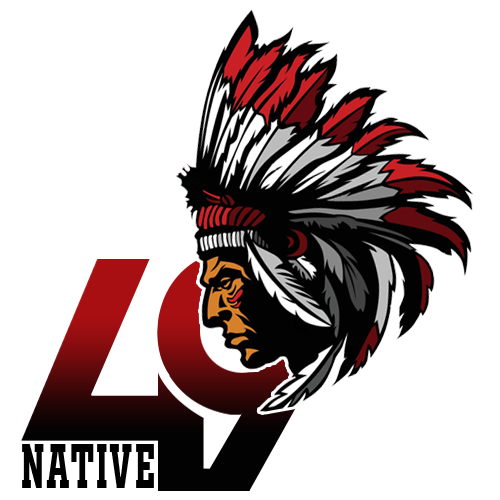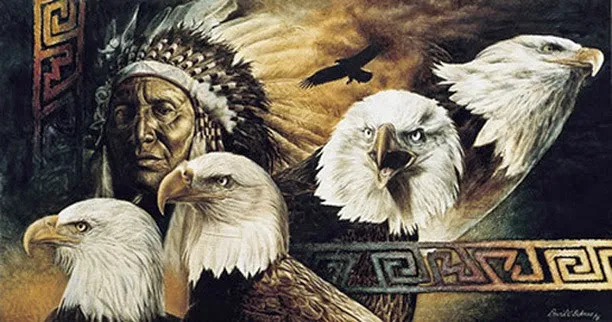The Native American symbol for eagle in culture is a rich tapestry woven with symbols and traditions that have endured for centuries. Among these, the eagle holds a place of paramount importance.
In this exploration, 49native embark on a journey into the heart of Native American heritage, deciphering the profound symbolism of the eagle. Join us as we unravel the cultural significance and deep-rooted traditions associated with this majestic bird.
What do eagles represent in Navajo culture?
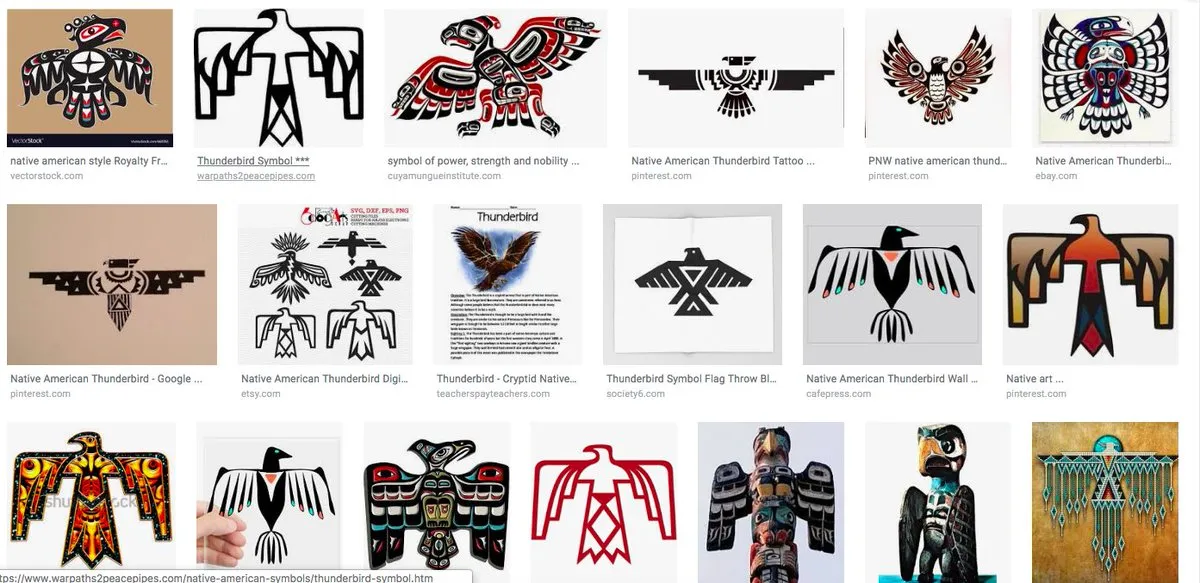
Eagle Symbolism in Diné Culture Eagle symbolism transcends the realm of the physical in Diné (Navajo) culture, where the majestic Atsá, or eagle, holds a sacred and revered position. This magnificent bird of prey isn’t merely a creature of the natural world; it is the embodiment of spiritual power and the symbol of a warrior.
The Eagle: A Spiritual Predator
In the intricate tapestry of Diné beliefs, the eagle soars as the most prominent and spiritually potent bird. It is seen not only as a predator of the skies but also as a guardian of sacred traditions. The eagle embodies the essence of a warrior, symbolizing strength, courage, and unwavering protection.
Eagle-Centric Ceremonies
The eagle’s presence is deeply interwoven into Diné ceremonies, with the “Eagle Way” standing out as a profound example. This major healing ceremony harnesses the eagle’s spiritual energy to restore balance and harmony to individuals and the community as a whole. It signifies the integral role the eagle plays in the Diné quest for physical, emotional, and spiritual well-being.
Every Part Counts: The Eagle’s Significance
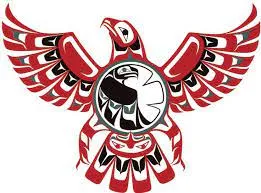
In Diné culture, every part of the eagle is considered sacred and valuable. From its feathers to its gall, each component serves a distinct purpose in various rituals and practices. The gall, in particular, holds a unique position as a potent protective agent against malevolent forces. It acts as a spiritual shield, guarding against the most powerful evil energies, making it an essential element in safeguarding the Diné people.
Mythical Connection: The Hero Twins and the Eagle Feather
Diné sacred stories introduce us to the fascinating connection between the Hero Twins and the eagle. According to legend, Na’ashjé’íí Asdzą́ą́, commonly known as Spider Woman, presents the Hero Twins with a living eagle feather. This symbolic gesture signifies the eagle’s role as a guardian and protector, shielding the Hero Twins from the myriad dangers they will encounter on their heroic journey into the world.
Eagle Symbolism: An Ever-Present Force
Eagle symbolism is not confined to the realm of ceremonies and rituals. It permeates daily life and consciousness, serving as a constant reminder of the eagle’s presence and significance. Renowned basket weaver Sally Black aptly captures this sentiment, stating, “The eagle is everywhere . . . we used the eagle for ceremonies.
What is the eagle to the natives?
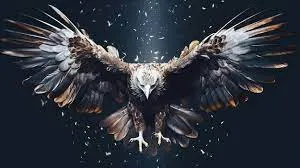
Eagle Parts and Feathers: A Legacy of Tradition For countless generations, Native Americans have cherished the profound significance of eagle parts and feathers within their religious and cultural practices. These majestic birds, specifically golden and bald eagles, have played an integral role in ceremonies that encompass healing, marriage, naming rituals, and much more. This article delves into the enduring reverence that Native Americans hold for eagles and the establishment of the National Eagle Repository, which serves as a vital bridge between tradition and conservation.
The National Eagle Repository: A Beacon of Preservation
Recognizing the profound cultural importance of eagles to Native American communities, the U.S. Fish and Wildlife Service (Service) took a historic step in the early 1970s. They established the National Eagle Repository (Repository), a dedicated facility with a noble purpose—to provide Native Americans with the remains, parts, and feathers of golden and bald eagles for religious ceremonies.
This initiative was not merely an administrative action but a heartfelt acknowledgment of the critical role eagles play in the spiritual tapestry of these communities.
A Path to Spiritual Connection: The Repository’s Role
To facilitate the honorable use of eagle parts, the Service established a clear protocol. Native Americans who are members of Federally recognized tribes seeking to acquire eagle parts for religious purposes must complete a Federal Native American Religious Purposes Permit Application/Order Form. This meticulous process ensures that the eagles’ sacrifice is respected and that their parts are used for sacred, reverential practices.
A Streamlined Approach: Repository’s Latest Update
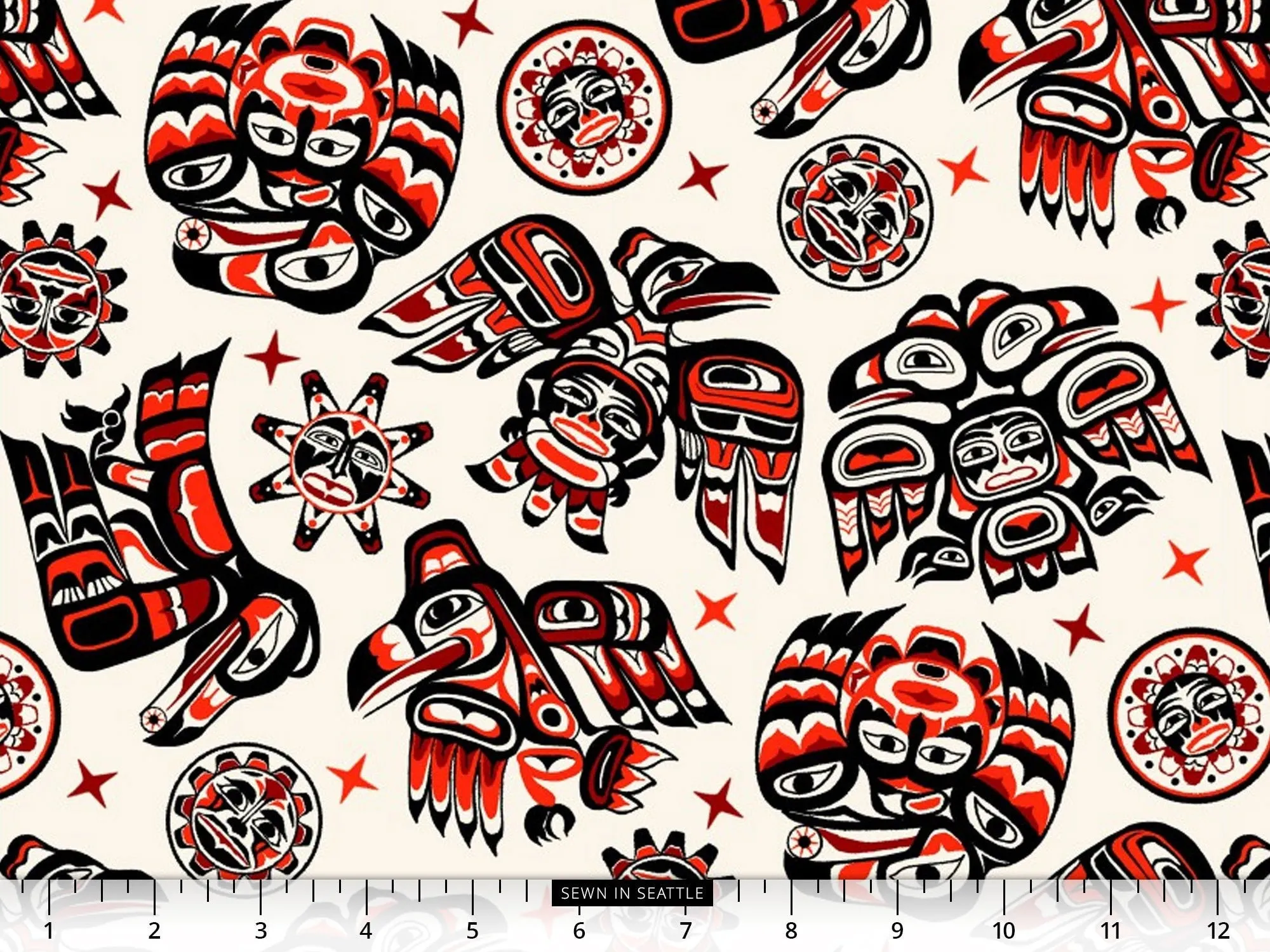
As of October 1, 2021, the National Eagle Repository has streamlined its procedures to enhance accessibility and efficiency. The Repository will now be the sole processing center for all eagle feather permit applications. This includes new applications, amendments (such as name changes or updated contact information), and reorders.
The significance of this change cannot be overstated, as it simplifies the process for tribal members. They are no longer required to submit permit applications to regional Migratory Bird Permit Offices and then to the Repository. The Repository now serves as the exclusive destination for all permit-related submissions.
Preservation Meets Tradition: A Lasting Commitment
In essence, the National Eagle Repository stands as a symbol of the Service’s unwavering commitment to conservation and cultural preservation. By providing a streamlined and centralized process, it empowers Native American traditions while ensuring the safeguarding of these magnificent birds. Eagles continue to soar as not only symbols of freedom but also as guardians of age-old customs that remain deeply embedded in the tapestry of Native American heritage.
A Bridge to the Future
The journey of eagle parts from the Repository to Native American ceremonies is a sacred passage. It connects the past with the present, and it forges a path toward a future where these traditions will endure. The National Eagle Repository is not just an administrative institution; it is a bridge that unites heritage with conservation, ensuring that the legacy of these remarkable birds lives on for generations to come.
What do feathers represent in Native American culture?
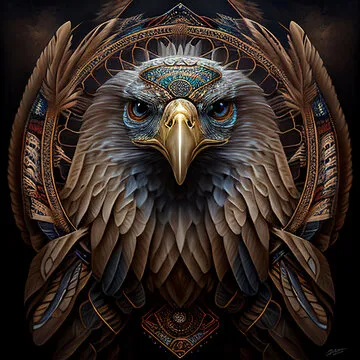
Feathers: Connecting the Spirit, Sky, and Soul
In the rich tapestry of Native American culture, symbolism is not merely an abstract concept; it’s a profound connection between the physical world, the divine, and the spiritual essence of life. Feathers, in particular, emerge as potent symbols, bridging realms and weaving stories that resonate through generations.
The Feather’s Sacred Significance
The feather holds a hallowed place in the hearts and minds of many tribal nations across North America. It serves as a tangible link between The Creator, the feather’s possessor, and the avian being from which it originated. To grasp the depth of its meaning is to understand the essence of honor, power, wisdom, trust, strength, and freedom. These symbols embody the very spirit of Native American existence.
Gifts from the Sky: Feathers as Tokens of Divine Connection
Feathers are considered celestial offerings, bestowing their bearers with a divine connection to the heavens. They often find their home in various forms of Native American art, such as bracelets, blankets, throws, and other expressions of culture. But among the myriad of feathers, one type reigns supreme.
Eagle Feathers: The Apex of Spiritual Power
Eagles, as majestic creatures of the sky, hold a unique place in Native American lore. They are the embodiment of bravery and strength, soaring higher and seeing farther than any other bird. Their link to the heavens is unparalleled, making their feathers carriers of potent medicine. Eagle feathers serve as luminous guides, illuminating the path to courage, strength, and hope.
A Badge of Valor: Eagle Feathers in Tribal Traditions
Throughout history, Native American warriors have been honored with eagle feathers, a symbol of their remarkable valor and triumphs in battle. These feathers weren’t bestowed lightly; they required approval from tribal courts, ensuring that the courage and bravery they represented were genuinely earned. Eagle feathers were a mark of distinction, reserved for warriors, braves, and chieftains.
The Sacred Eagle Feather: A Symbol Recognized by Law
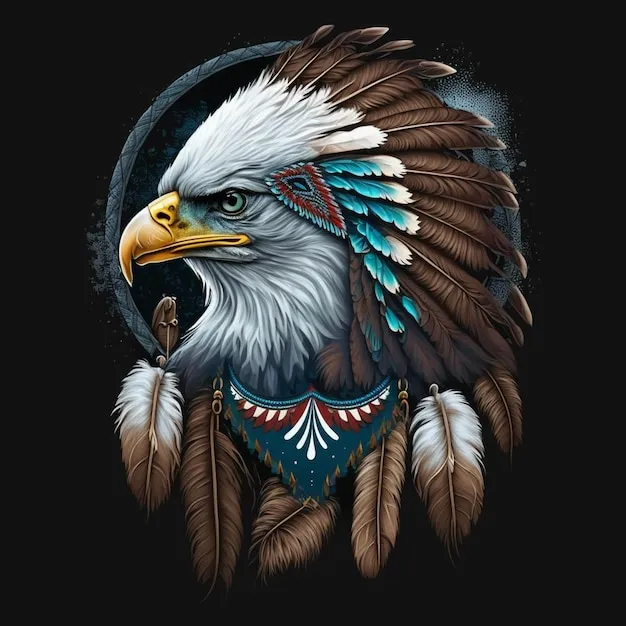
The significance of eagle feathers in Native culture is so profound that it is recognized by U.S. law. To Native Americans, being entrusted with a Golden or Bald Eagle feather is the highest honor. These feathers are not just symbols; they are living connections to their heritage, traditions, and spirituality. Only members of Federally Recognized Tribes are allowed to possess eagle feathers legally.
Guardians of Tradition: The Care of Eagle Feathers
Eagle feathers are treated with utmost reverence, akin to the respect accorded to the American flag. They must never touch the ground and should be handled with great care. These feathers are not mere adornments; they are blessings for happiness, prosperity, peace, and courage. They hold the power to bestow these virtues upon those who seek their grace.
A Symbol of the Creator: Adorning the Sacred Peace Pipe
Feathers play a pivotal role in Native American spirituality. They adorn the sacred peace pipe, symbolizing the Creator or the Great Spirit. When held over a person’s head, they serve as a benediction, invoking blessings upon individuals and communities. In the delicate balance of the physical and spiritual worlds, feathers are the conduits of profound meaning.
In the feather’s graceful arch, Native American culture finds its essence—a connection to the skies, the earth, and the enduring spirit of their people. Each feather is not just a symbol; it’s a living testament to the legacy of a culture deeply rooted in reverence, tradition, and the timeless wisdom of the ages.
There are many symbols typical of Native Americans, you can read more in the following article: A Set Of Native American Symbols And Meanings
